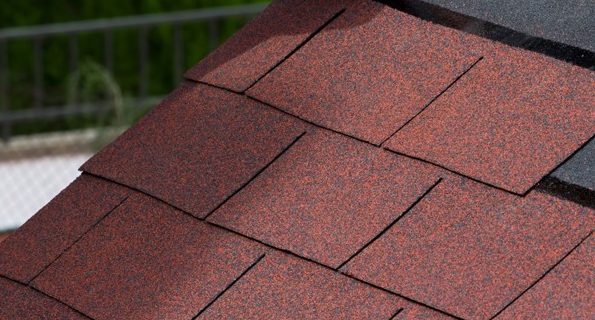The Impact Of Weather On Flat Roofing Systems

As the sky opens up, unleashing its fury or bestowing its radiant warmth, flat roofing systems stand as the first line of defense against nature’s elements. However, the impact of weather on flat roofs cannot be understated. From scorching heatwaves to torrential downpours and icy winters, the ever-changing weather patterns can exert their influence, testing the durability and resilience of these roofs. Regular maintenance, prompt repairs, and professional roofing guidance are essential to mitigate the potential damage caused by weather conditions and ensure the durability and reliability of flat roofing systems. In this article, we will delve into the impact of weather on flat roofing systems.
-
Temperature Fluctuations
Extreme temperature fluctuations can take a toll on flat roofs. During hot weather, the roofing material expands, which can lead to cracks, blistering, and deterioration of the protective layers. Conversely, in cold weather, the material contracts, which can cause stress and potential damage to seams and joints. To counteract the impact of temperature fluctuations, it is crucial to choose roofing materials with good thermal stability and employ proper insulation techniques to minimize the stress on the roof.
-
Sun Exposure and UV Rays
Flat roofs are continuously exposed to sunlight and UV rays, which can accelerate the aging process of the roofing material. Over time, this exposure can lead to the breakdown of the roof’s protective layers, causing cracks, fading, and reduced performance. To mitigate the impact of sun exposure, consider using reflective coatings or materials that can help reflect UV rays and reduce heat absorption. Regular inspections and maintenance will also help identify and address any signs of UV damage promptly.
-
Heavy Rain and Standing Water
Flat roofs are more prone to water pooling compared to sloped roofs. Heavy rain can lead to the accumulation of water on the roof’s surface, causing ponding. Ponding water can compromise the integrity of the roofing material, leading to leaks, water damage, and accelerated deterioration. Proper drainage systems, including well-maintained gutters, downspouts, and internal roof drains, are essential to ensure efficient water flow off the roof.
-
Snow and Ice
Snow and ice buildup on a flat roof can pose significant challenges. The weight of accumulated snow can stress the roof structure and potentially lead to collapse if not addressed promptly. Ice dams, formed by the melting and refreezing of snow, can cause water to seep under the roofing material, leading to leaks and water damage. Proper insulation, ventilation, and regular snow removal are necessary to prevent these problems.
Conclusion
Weather conditions have a substantial impact on the performance and longevity of flat roofing systems. Temperature fluctuations, sun exposure, heavy rain, snow, ice, wind, and storms can all pose challenges to the integrity of the roof. By understanding these impacts and taking proactive measures, property owners can protect and prolong the lifespan of their flat roofs.
Reach out to us now at 118-35 Queens Blvd Forest Hills, NY 11375 (718) 414-6067 https://www.nycrenovators.com to get Swift and affordable roofing services.
